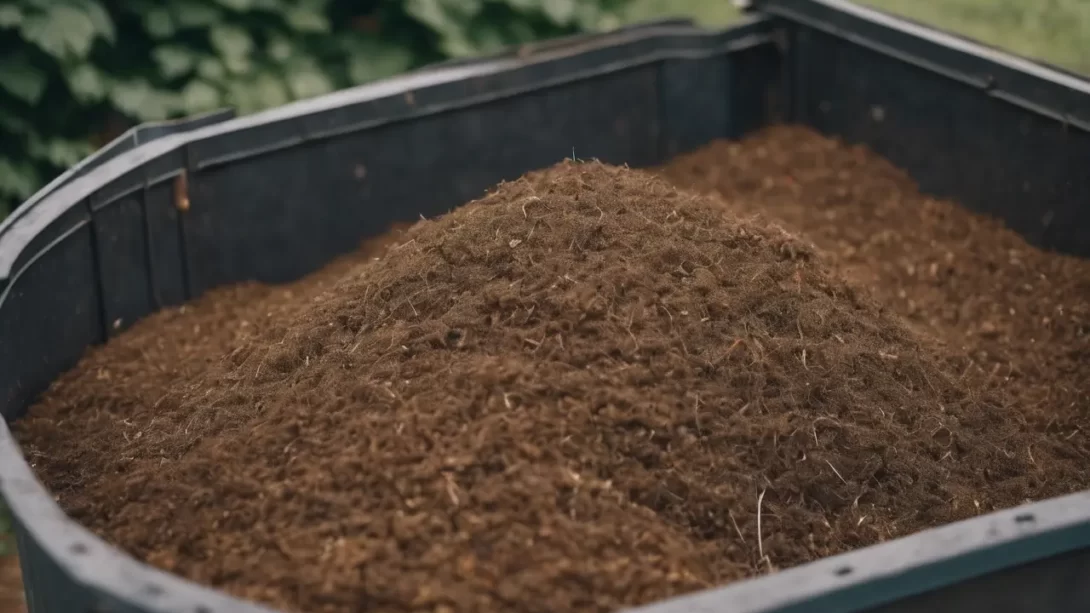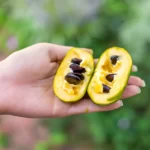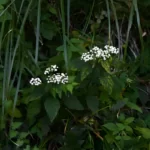In the world of sustainable practices, composting plays a vital role in reducing waste and enriching soil health. An intriguing question in this domain is the compostability of hair. Both a natural by-product of humans and animals, hair is often overlooked as a potential compost ingredient. This article explores the viability of composting hair and how it fits into eco-friendly waste management strategies.
Composting
Composting is a natural process that involves the biological decomposition of organic matter under controlled conditions. It transforms various organic materials into a nutrient-rich soil amendment known as compost. Compostable materials are typically categorized into ‘green waste’ (rich in nitrogen, such as food scraps and grass clippings) and ‘brown waste’ (rich in carbon, like dry leaves and twigs). The successful composting process relies on the right balance of these materials, along with adequate moisture, oxygen, and time.
Hair as an Organic Material
Hair, whether from humans or animals, is an organic material composed mainly of proteins, primarily keratin. Keratin is a tough and resilient protein, which gives hair its strength. As a natural substance, hair has potential as a composting material. Given its organic nature, it raises the question of how effectively it can decompose in a composting environment and contribute to the compost’s overall nutritional profile.
The Compostability of Hair
Hair is indeed compostable, as it is a natural organic material. However, its decomposition rate can be slower than many other organic items typically used in compost due to the robust nature of keratin. The structure of keratin, a long-chain protein, makes it more resistant to breakdown by microbes in the compost. Environmental factors such as temperature, moisture, and the presence of other materials in the compost heap can influence how quickly hair decomposes.
Benefits of Composting Hair
Despite its slow decomposition, hair can be a beneficial addition to compost for several reasons. Firstly, hair is a rich source of nitrogen, an essential nutrient for plant growth. Nitrogen is a key component of chlorophyll, the compound plants use to photosynthesize. Adding hair to compost can, therefore, help create a more balanced nutrient mix, especially when combined with carbon-rich ‘brown’ materials. Moreover, hair’s texture can improve soil structure and aeration, which benefits plant roots and enhances soil health overall.
Challenges and Considerations
While hair is compostable, there are some challenges and considerations to bear in mind. One primary concern is its slow breakdown rate, which can be mitigated by cutting or shredding the hair into smaller pieces to increase the surface area for microbes to work on. Another consideration is hygiene, especially with human hair, which might have been treated with various hair care products. These products can contain chemicals that are not ideal for composting. Thus, it’s advisable to use untreated, clean hair for composting. Furthermore, adding large quantities of hair at once can clump together and hinder the composting process, so it should be added in moderation and mixed well with other compost materials.
Safe Composting Practices
To maximize the benefits and minimize potential issues, there are best practices for adding hair to compost. Firstly, it’s advisable to mix hair with other compost materials to prevent clumping and to aid in its breakdown. Distributing hair evenly throughout the compost pile and combining it with ‘green’ and ‘brown’ waste can help maintain the necessary balance for efficient composting. For those concerned about hygiene or chemicals, focusing on using hair that hasn’t been heavily treated with styling products is a wise choice.
Quantities matter too. Adding large amounts of hair at once can lead to matting and slow down the composting process. Instead, adding small quantities over time is more effective. Additionally, regular turning of the compost pile is recommended to ensure adequate aeration, which helps in breaking down all materials, including hair.
Considerations for Using Composted Hair in Gardening and Agriculture
Once composted, the resulting material can be a valuable addition to gardens and agricultural land. The nitrogen-rich compost helps in enhancing soil fertility and structure. However, it’s important to ensure that the compost, including hair, is fully decomposed before application. Uncomposted hair can be unsightly and may attract unwanted pests or animals. As with any compost, it should be used as part of a balanced approach to soil enhancement, considering the specific needs of the plants and the existing soil conditions.
Conclusion
In conclusion, hair is a viable and beneficial addition to compost piles, contributing valuable nitrogen and improving soil structure. While it presents some challenges due to its slow decomposition rate and potential hygiene concerns, these can be effectively managed with proper composting techniques. By incorporating hair into composting practices, we can further reduce waste and contribute to a more sustainable and eco-friendly gardening approach. This is a clear example of how even seemingly insignificant waste products can play a role in creating a healthier environment.



